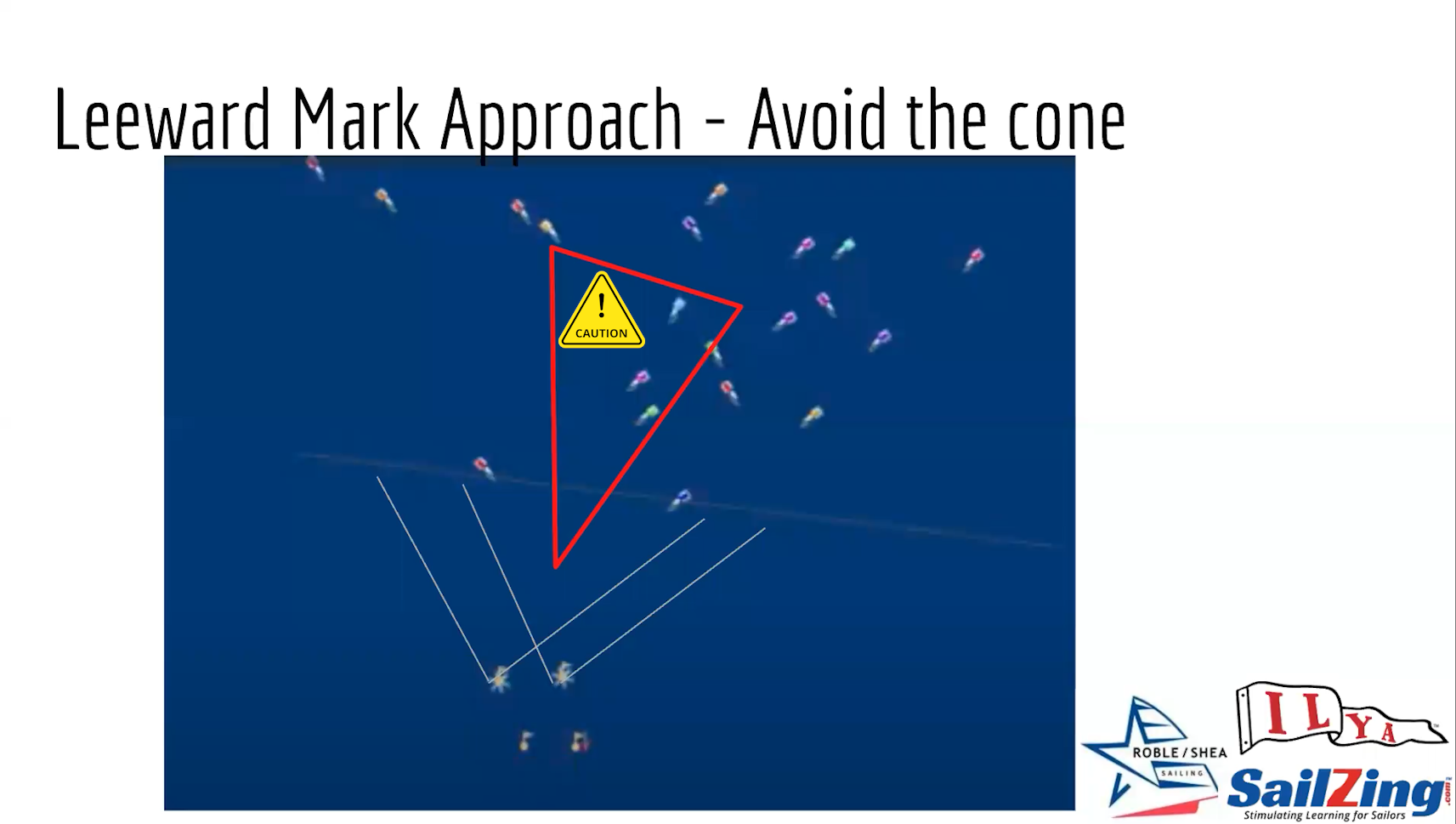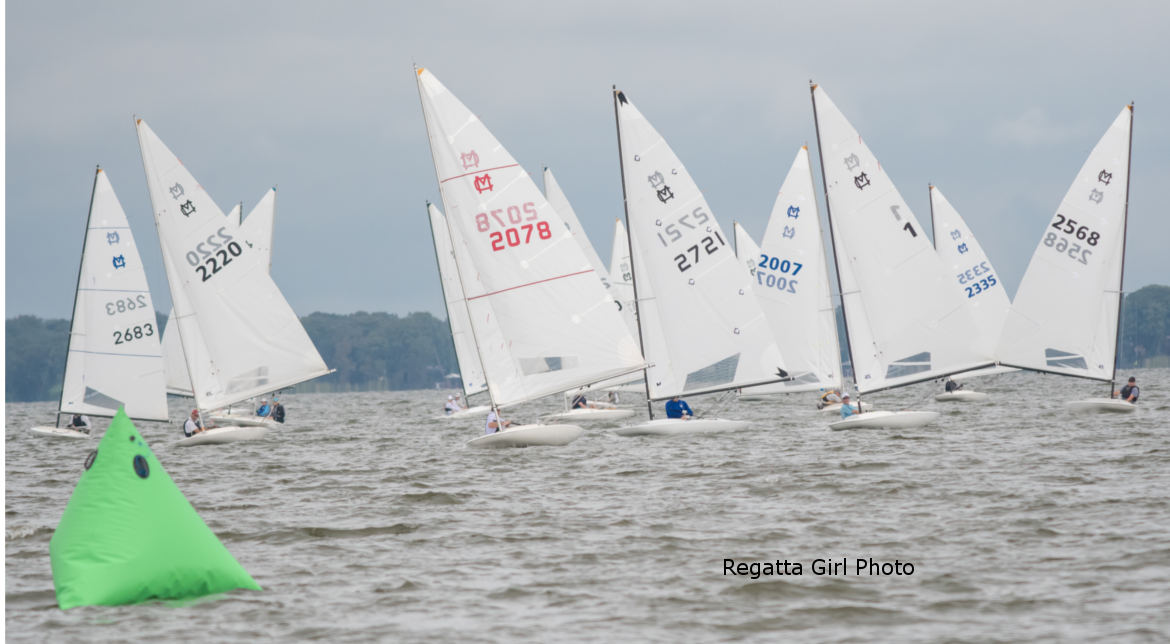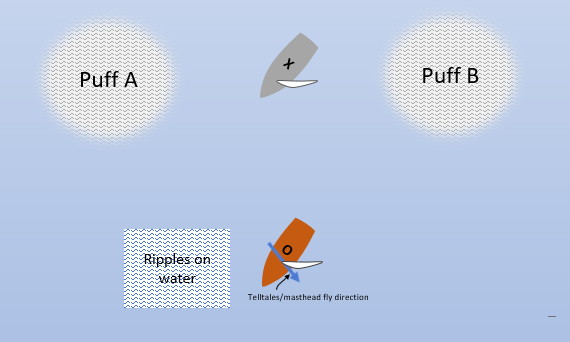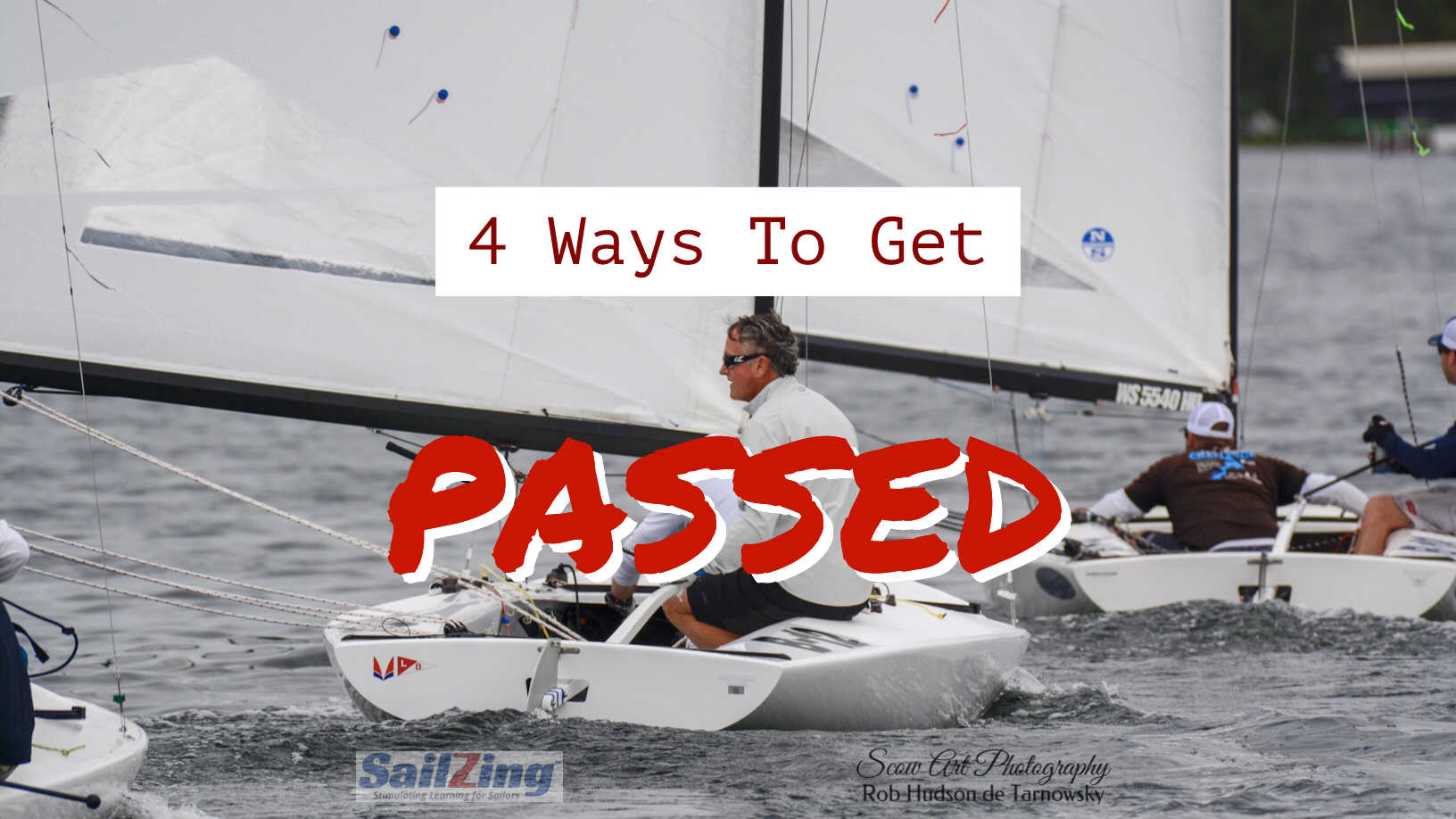In this week’s episode, Olympic Sailing Team members Stephanie Roble and Maggie Shea reveal their downwind tactics secrets. There’s plenty of good stuff here for all levels of racers. Need a better way to decide how to exit the windward mark? Want a good tool to assess clear air, downwind laylines, and quickly recognize shifts? Want to learn how to avoid gybing into bad air? It’s all here.
The Fast Forward series is a partnership between the ILYA, Roble/Shea Sailing, and SailZing, LLC. The videos are edited recordings of live webinars conducted in spring 2020. Watch the full video, or use the timings in the video description to go directly to the topics that interest you. Or, read a summary of the key insights below.
Downwind Tactics – Outline and Video Timings
- Strategic priorities based on wind conditions (00:01:26)
- Focus areas for each third of the leg (00:03:24)
- Questions to ask as you approach the windward mark (00:04:15)
- Exiting the mark: gybe or continue? (00:08:38)
- Q&A (00:12:48)
- Why a Windex/telltales are must-have tools for downwind (00:19:25)
- After the exit – tips for sailing fast (00:24:28)
- Tactical moding – thinking ahead for clear air (00:30:37)
- Leeward mark approach – avoid the cone of death (00:40:03)
- Choosing the gate (00:44:05)
- Downwind finish tips (00:49:07)
- Downwind rules – Rule 18.4 doesn’t apply at a gate (00:57:14)
- Q&A (01:03:11)
Key Insights
Where is your focus?
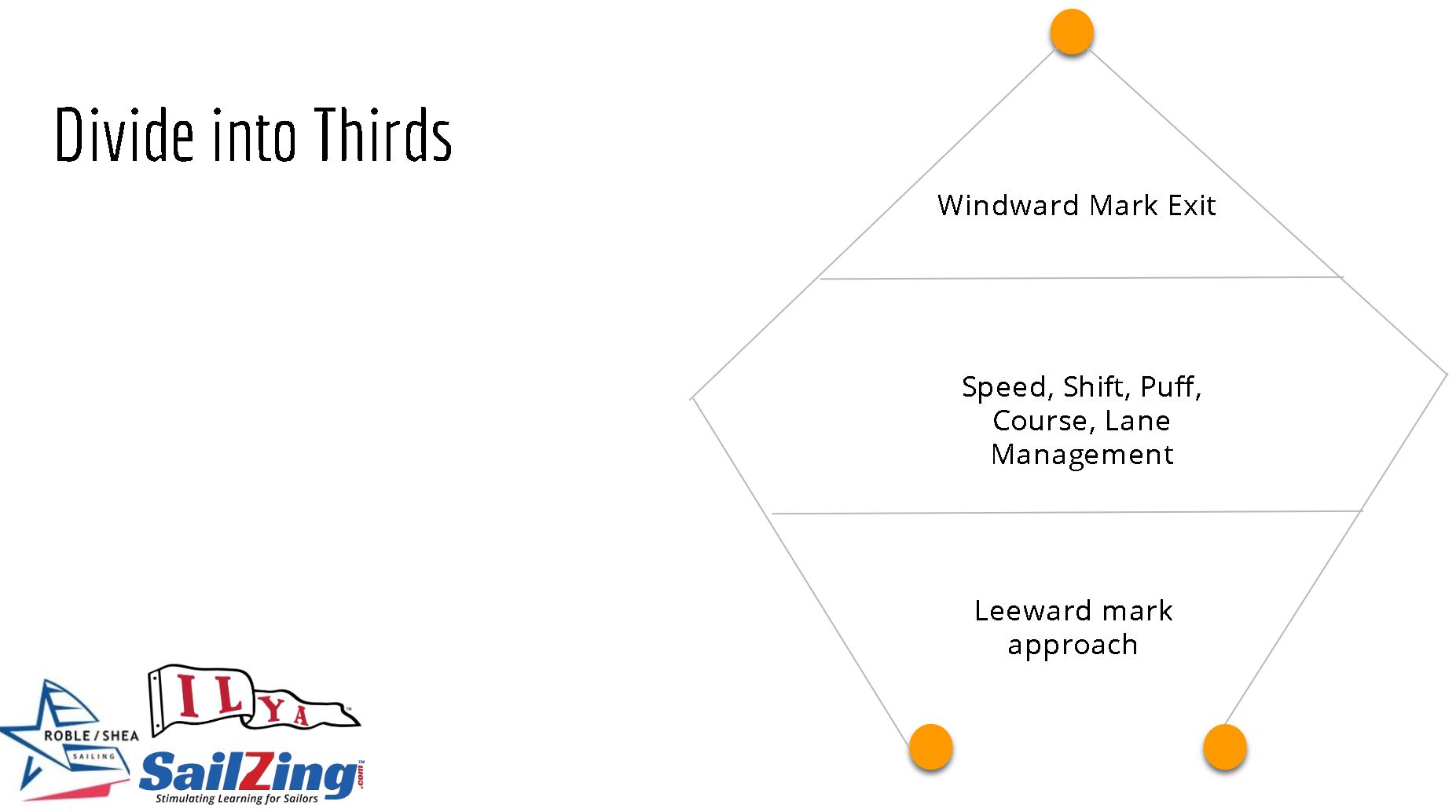
In Understand Focus: Mental Skills for Sailing, Part 3, we likened focus to a light with an adjustable beam. Sometimes you have to narrow the beam. Steph and Maggie give us three areas to focus on in succession during the downwind leg. First, focus closely on the exit from the mark. Second, once you get a clean exit in the right direction, then focus on speed and making progress downwind. Finally, as you approach the bottom third of the course, think ahead to the leeward mark approach – choosing the gate, positioning tactically, and retaining clear air.
Gybe or continue?
Before you reach the windward mark, decide whether you will gybe or continue on starboard. Steph and Maggie use the following decision factors:
- Continue on starboard if:
- The left side of the course paid off upwind, especially in the last part of the leg
- You’re in front, with lots of traffic behind. If so, you may want to sail high for a while to retain clear air.
- You’re not sure what to do.
- Gybe if:
- The right side of the course paid off upwind, especially in the last part of the leg.
- You’re in a right-hand shift (looking upwind).
- You’re behind and need to gain leverage on boats that continued on starboard, assuming there’s a chance for a favorable shift or puff away from the pack.
If you’re really not sure, you can continue on starboard and retain the option to gybe. Two key cautions: 1) do this only if you can retain clear air, and 2) don’t sail extra distance by sailing high first and then deciding to gybe.
Windex/telltales
Dave Ullman, one of Steph and Maggie’s coaches, insisted that they use a Windex (masthead fly) on top of their mast. You can also use shroud telltales, but a Windex is less disturbed by the flow around the sails. The Windex accurately indicates the apparent wind, which is essential for:
- Lane management. If your Windex points back to another boat, you’re in what Steph and Maggie call the “red zone” – bad air. Think ahead to avoid the red zone and take action immediately if you’re in it.
- Shift identification. As we pointed out in Play the Shifts Downwind – Check Your Understanding, it’s harder to detect shifts downwind. That’s why a Windex or shroud telltales are so important downwind.
- Target angle. Just like upwind, on the downwind leg you normally want to maximize your velocity made good (VMG). Generally, this means sailing deeper angles (closer to the mark) as the breeze builds. Skiffs like the 49er FX sail much higher angles than scows or other displacement boats, but sailing to maximize VMG applies for all boats. As you gain experience with the best angles to sail downwind, use your Windex or shroud telltales as a reference.
- Layline identification. If you’re sailing VMG in light air, you’re not sailing directly at the mark, even in a scow without a spinnaker. The fastest way to the mark is to keep sailing your VMG angle until you reach the layline, then gybe and sail the same VMG angle to the mark. How do you identify the layline? You reach the layline when your Windex points backwards to the leeward mark.
Tactical moding
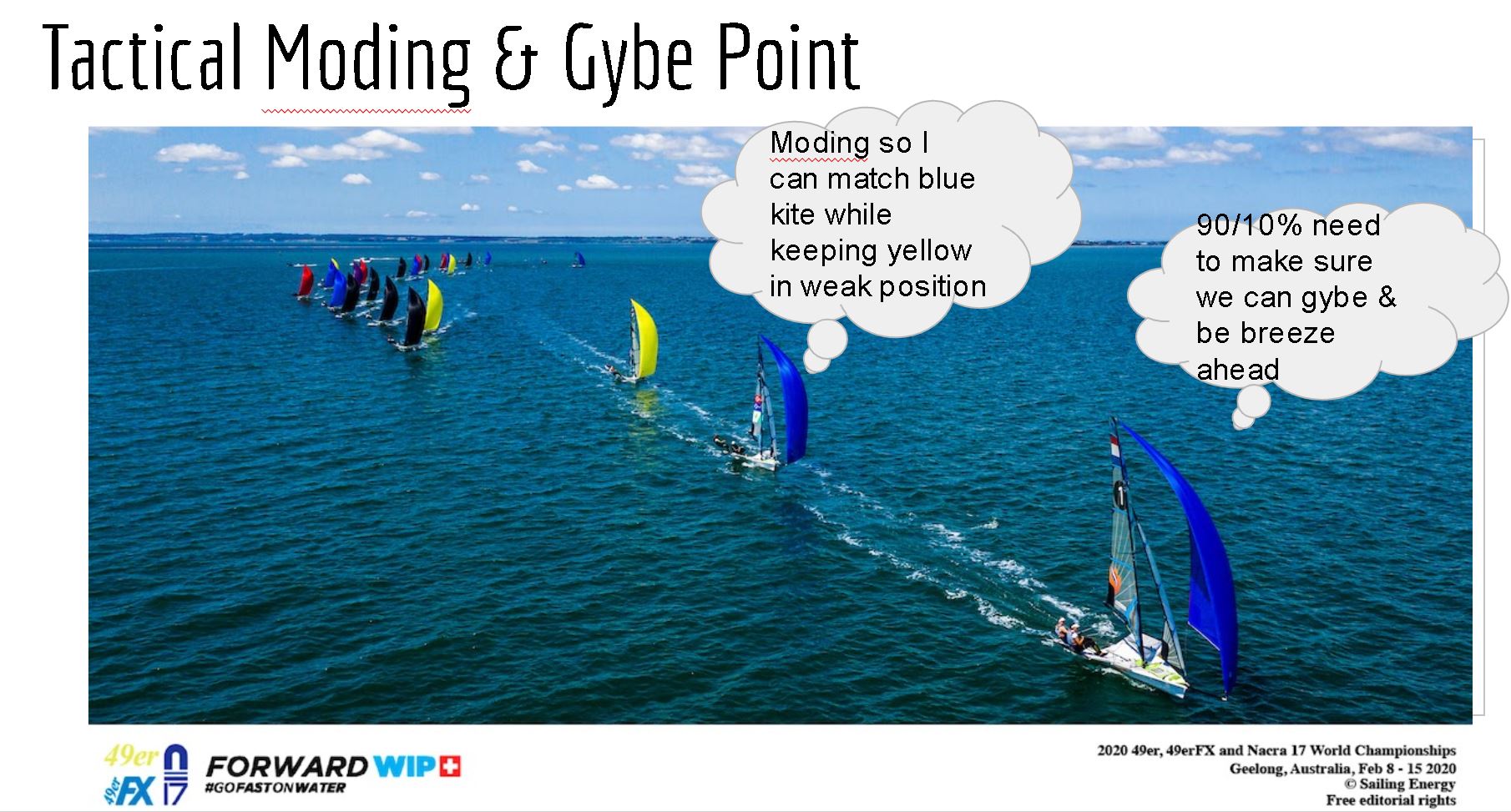
Have you ever gybed for strategic or tactical reasons, only to find that after the gybe you’re in someone’s bad air? Or perhaps you gybe, and the boat behind also gybes on your air. Steph and Maggie caution us to think ahead and position so that this doesn’t happen. They suggest that a boat to windward of your wake is likely to give you bad air after you gybe. This depends a lot on the angles you are sailing. As you learn to use your Windex or shroud telltales, you can get better at predicting where your apparent wind will be after a gybe.
For more on downwind tactics using apparent wind, see our post Downwind Strategy: Use Apparent Wind Clues.
Leeward mark approach – the cone of death
Many sailors end up going slow near the leeward mark without realizing it or knowing why. Steph and Maggie clarify this with the cone of death concept.
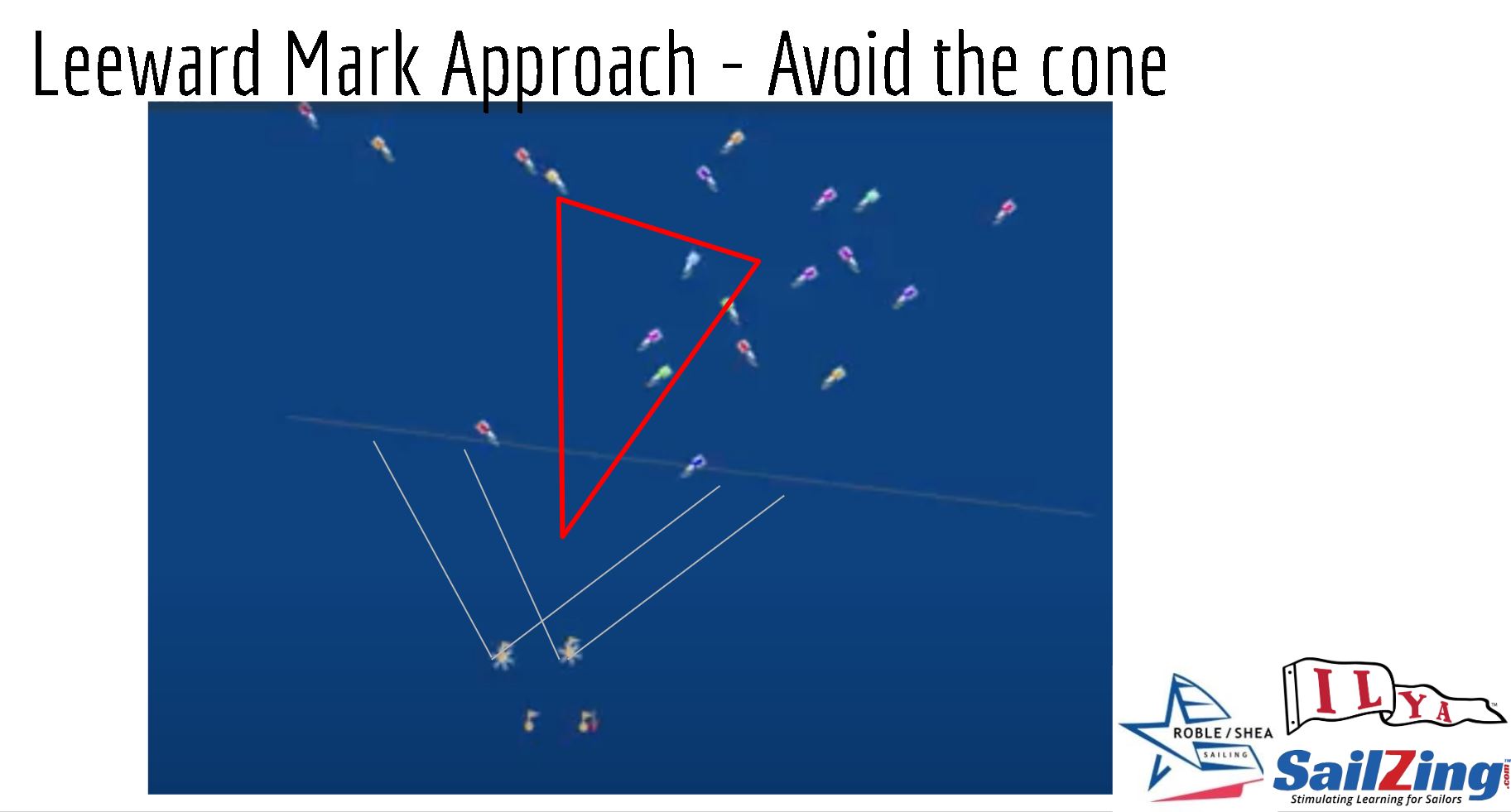
The cone of death is the area inside the laylines upwind of the gates. This area has the worst of the bad air from the boats coming downwind. In contrast, the laylines have much clearer air. They show a nice GPS tracking example of a boat losing two places by sailing through the cone of death rather than getting to the layline. If Olympic level sailors make this mistake, think of how much you could gain by avoiding the cone of death in your club races!
More Information
Want more information about downwind tactics? Here are some links to SailZing.com articles:
Velocity Made Good (VMG) – Definition and Application
Downwind Strategy Mistakes: Four Ways to Get Passed
Leeward Gate Tactics: 8 Tactical IQ Scenarios
Roble/Shea Sailing
Keep up with Steph and Maggie’s campaign and consider donating.
Roble-Shea Sailing
ILYA foundation – donate here or directly at Roble/Shea website

